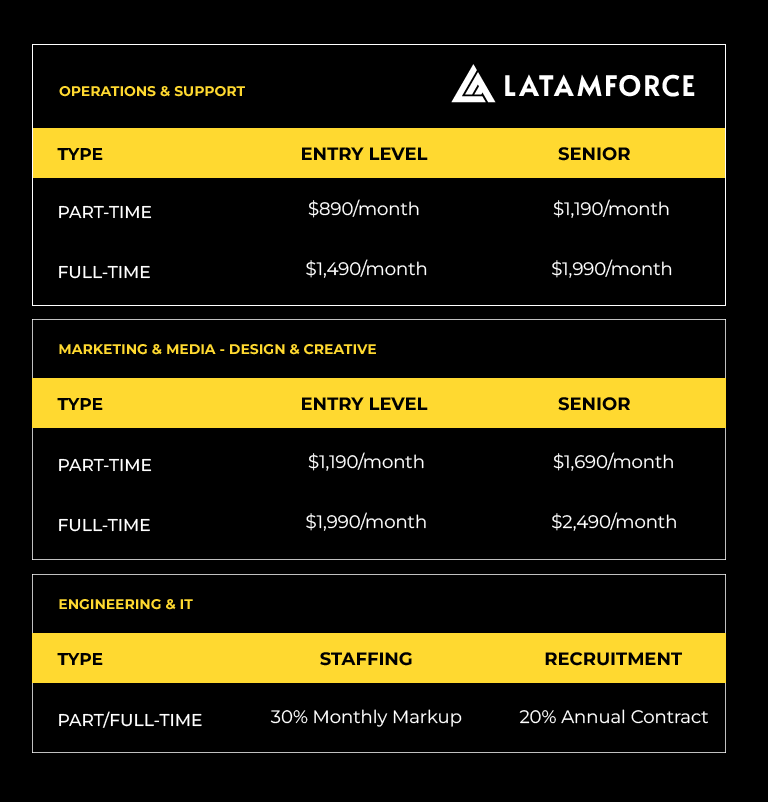
Navigating the Virtual Workspace: The Crucial Role of Overcommunication in Remote Teams
As the world embraces remote work, navigating the virtual workspace has become an essential skill for individuals and organizations alike. The shift from traditional office settings to remote teams brings its own set of challenges, and effective communication emerges as a crucial factor in ensuring productivity and cohesion. In this context, the concept of “overcommunication” takes center stage.
In a virtual workspace, the absence of face-to-face interactions and spontaneous conversations can lead to misunderstandings and a sense of disconnection. Overcommunication doesn’t mean bombarding your team with unnecessary information; instead, it emphasizes the need for clarity, transparency, and proactive communication.
Clear Communication Breeds Productivity
One of the primary advantages of overcommunication in remote teams is its role in fostering clarity. When team members are physically distant, the risk of misinterpretation and confusion increases. Overcommunication acts as a countermeasure by ensuring that messages are explicit, leaving little room for ambiguity.
Clearly defined expectations, project goals, and individual responsibilities become paramount. Regular check-ins, status updates, and project timelines help create a shared understanding among team members. This clarity not only enhances productivity but also contributes to a sense of purpose and direction within the virtual workspace.
Building Trust through Transparency
Trust is the foundation of any successful team, and in remote settings, it requires intentional effort. Overcommunication plays a key role in building and maintaining trust by promoting transparency. Sharing relevant information, updates, and even challenges openly with the team fosters an environment of trust and collaboration.
Transparent communication also involves acknowledging uncertainties. In a virtual workspace, not everything is guaranteed, and being upfront about potential challenges or changes helps team members prepare and adapt. This level of transparency builds resilience and a sense of unity within the remote team.
Proactive Communication: Bridging the Gap
In the absence of water cooler conversations and impromptu meetings, proactive communication becomes vital. Overcommunication encourages team members to share updates, seek clarification, and voice concerns actively. Platforms for instant messaging, regular video calls, and collaborative tools become the lifelines that bridge the gap between team members scattered across different locations.
Encouraging a culture of open communication, where questions are welcomed and information is readily available, creates a more inclusive and engaged remote team. Proactive communication not only addresses immediate concerns but also prevents potential issues from escalating.
Overcoming the Challenges of Remote Work
While remote work offers flexibility, it also presents challenges that can impact team dynamics. Overcommunication serves as a strategic approach to overcoming these challenges. It ensures that team members stay connected, informed, and aligned with organizational goals, fostering a sense of belonging even in virtual settings.
In conclusion, navigating the virtual workspace requires a deliberate emphasis on communication, with overcommunication emerging as a powerful tool for success. By prioritizing clarity, transparency, and proactive communication, remote teams can not only overcome challenges but also thrive in the dynamic landscape of the virtual workplace.
Ready to unlock the hidden talents of Latin America’s remote workforce? Book a call with one of our specialists today to discuss how our nearshoring agency can help you find the perfect offshore talent for your business needs.




